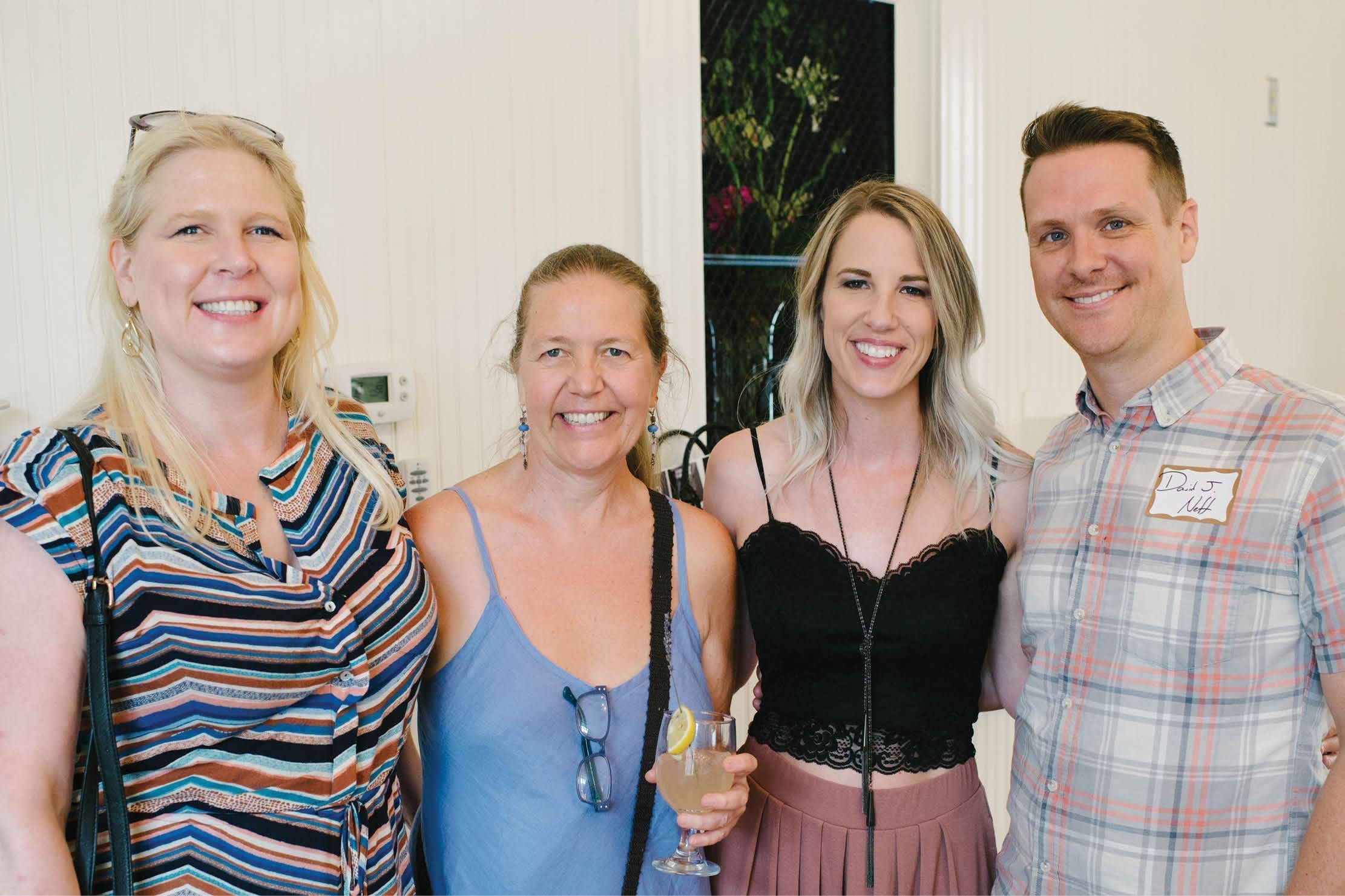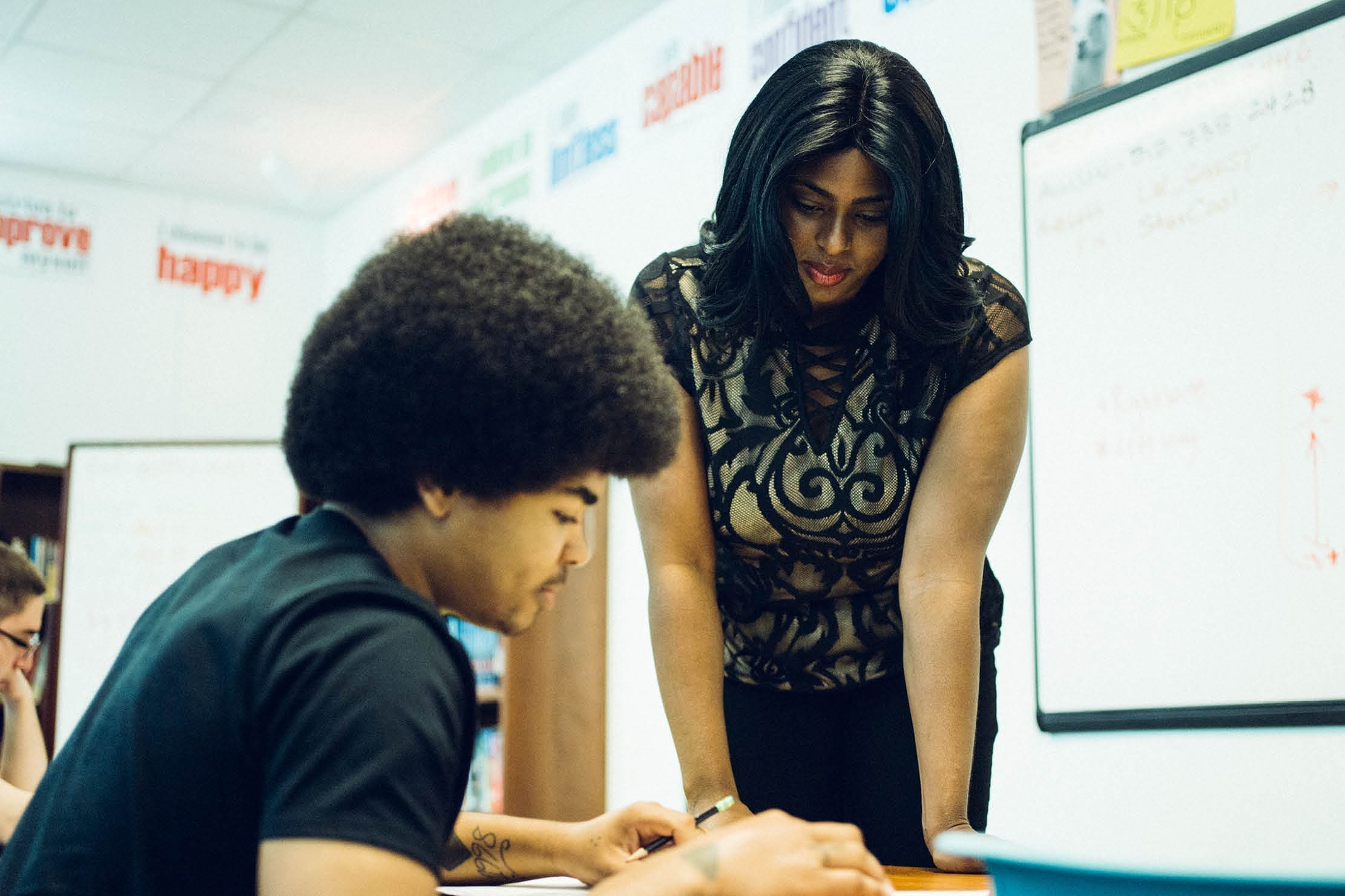Dual Language Education

¡Hola! Parlez-vous English?
Words by Jessica Devenyns
As the borders of the world continue to blur with the interconnectivity of technology, even a country as vast as the United States can begin to feel like Switzerland with its borders being bumped and nudged by varying languages and cultures. Yet it is only recently that Austin has recognized the reduction of our global isolation in the education system.
In 2010, Austin Independent School District (AISD) implemented its dual language program. For a lucky few kindergarteners and first graders, education in the public school system will have an integrated language component. Never will these children experience the grueling mental gymnastics required by high school language classes where you struggle to translate individual words one by one in hopes of gleaning some meaning out of the garlands of sentences that deck their worksheets. Instead, they will struggle as everyone else does with calculus concepts; the only exception is that they can do it in two languages. Dual education, according to Claudia Santamaria, AISD’s assistant director of elementary multilingual education, “It is not an extended language class; it is an education from another perspective.”
“Our philosophy is to [not only] have them in an immersion environment but also
allow them to express themselves as they choose to express themselves.”
So why would AISD limit access to this program to those in their first two years of schooling? Santamaria says it’s obvious. “Think about it, your brain is much more elastic in kindergarten.” After a moment, however, she corrects herself to explain that there are exceptions, “For those who speak Spanish and Vietnamese, they can enter at any time in the process.”
While it may seem unfair to close the door on a child’s linguistic opportunities so early, elasticity and malleability of the mind is the name of the game when it comes to receiving a bilingual education. Lila Haham, who owns the home-based preschool Los Amiguitos, insists that an early entry into multi-lingual communication is not only essential to mastering fluency, but it is normal. “I used to have to explain how lots of people around the world speak lots of languages and kids pick it up very easily; they’re sponges.” In fact, Austin parents are beginning to take notice of Americans’ tendency to treat languages differently from most countries.
All over the Eastside of Austin, parents and educators are not only beginning to acknowledge the importance of an early introduction to multiple languages, but they are also actively encouraging it within their families and communities. In most homes, however, seamlessly educating children in two languages remains a careful balance.
For Erin Fonner, an eastside mother of three, designing a linguistic equilibrium has been complex. Despite her determination to construct a Spanish immersion environment in an English-speaking household, the logistics have proven challenging. “We make a concerted effort to keep language acquisition a core value in our home. Since our native language is English, we have to find ways to creatively incorporate Spanish into our daily routines,” she explains.
That’s not to say that the dream of having her children flex effortlessly between the two modes of expression has fizzled out. “Our philosophy is to [not only] have them in an immersion environment but also allow them to express themselves as they choose to express themselves.” To do this, Fonner seeks out playdates with native speakers, attends Spanish storytimes, and enrolls them in summer immersion camps whenever possible. However, despite her best efforts, she acknowledges how difficult it has been to give her kids a full immersion environment. “The demand for Spanish immersion in schools seems to far outstrip the supply, and because of that, you have to either get lucky in a lottery or be willing to pay a premium,” Fonner admits.
“I used to have to explain how lots of people around the world speak lots of languages and kids pick it up very easily; theyíre sponges.”
Nevertheless, her resolution to raise bilingual children has never wavered. “The benefits go far beyond just language. If kids at a young age learn that an object can be called different words in different languages, not only does it do great things for their language development but it also helps them see things from different perspectives.”
Haham of Los Amiguitos echoes Fonner’s feelings. “[Bilingualism] goes beyond just the social and emotional development.” Instead, Haham sees it as a problem-solving tool that can be applied to many aspects of a child’s life. She explains that children’s cognitive associations are expanded when they learn another language because they have become accustomed to cherry picking through context clues to obtain the meaning of a message. In time, this skill simply becomes second nature.
To help encourage this type of thought in her preschool, Haham describes her approach to language saying, “We don’t do any translation.” As a French and Spanish immersion preschool, the curriculum is just like what “other preschools might do, but we do them in French or in Spanish.” Despite the simplicity of the concept, the effect is anything but. For the children, using two languages interchangeably results in a complex chain of cognitive reactions that ignites their minds to be more open to problem solving for the rest of their lives. Haham says that the results are particularly noticeable after two years of immersion. However, she also allows that even for children, reaching the point of effective communication in multiple languages is not always an easy achievement. She observes, “I have some parents who ask, ‘Do the kids mix the languages, do they get confused?!’” The answer: “Well, some do, some don’t.”
Despite the obstacles, the parents keep coming. “Parents understand that it’s really important, and being able to offer this to their children is a great gift. And why not? It’s a perfect age, and if you’re going to pay for a preschool, you may as well have them learn a language,” Haham enthuses.
Thankfully, in East Austin, opportunities to offer your children a linguistic leg up are plentiful. Within AISD alone, 85% of the dual language schools are on the eastside. Outside of the Austin public school system, there is an array of private institutions that offer bilingual education from preschool through high school. “I think [dual language education] is very much a part of the fabric of the eastside,” Fonner concluded.
At the end of the day, the question that hangs in the balance is whether, as a nation, we should embrace multi-lingual education as the norm. For many, there is no clear-cut answer. For Fonner, however, doing so is the obvious solution.
“Of course!” she exclaimed. “That’s what America is. We are a melting pot, and so while I’m fine with English being the official language of our country, I’d love for all of our citizens to be able to communicate in different languages so that we can get to know other people in their native languages.”
Dual language Eastside middle schools
• Bedicheck
• Burnet
• Paredes
• Webb
• Bertha Sadler Means
Dual language Eastside elementary schools
• Mi Mundo YMCA
• Andrews Elementary
• Harris Elementary
• Hart Elementary
• Houston Elementary
• Linder Elementary
• Allison Elementary
• Blanton Elementary
• Govalle Elementary
• Pecan Springs Elementary
• Sanchez Elementary
• Maplewood Elementary
Dual language Eastside preschools
• Copernicus Academy
• Escuelita del Alma
• Los Amiguitos










